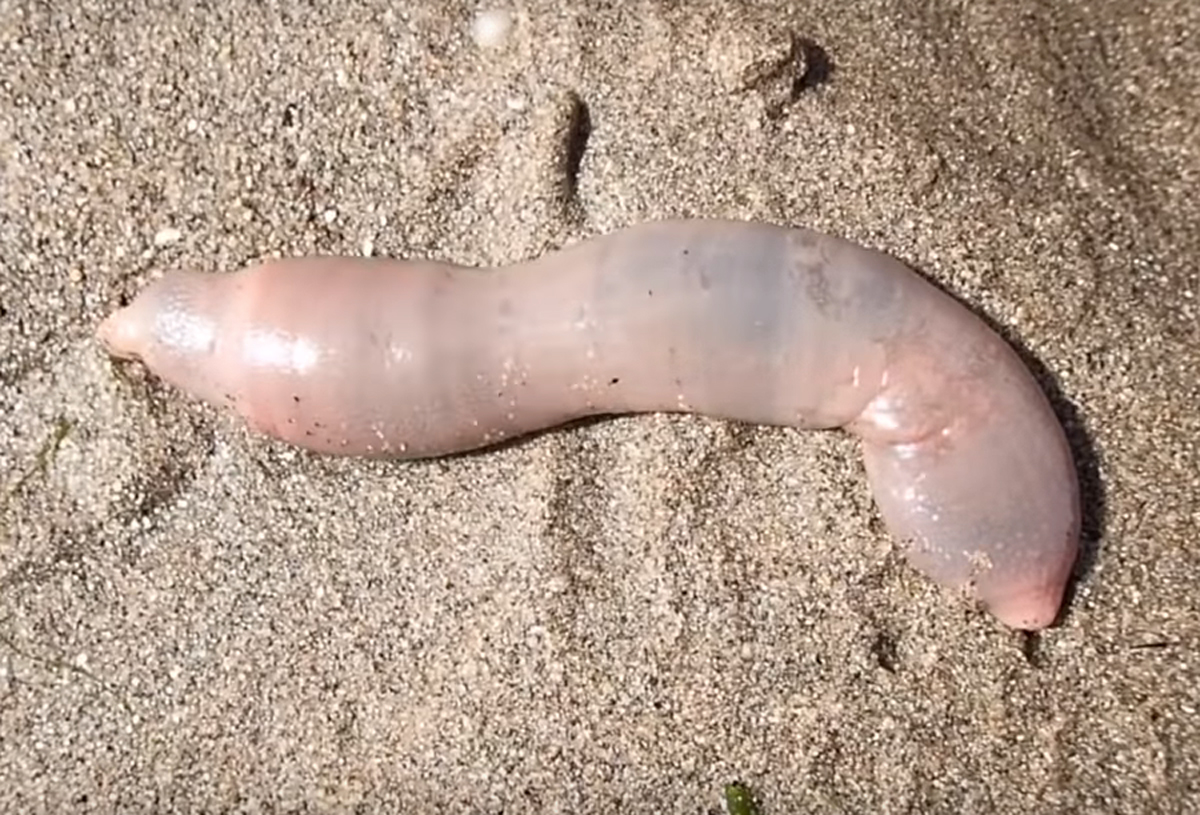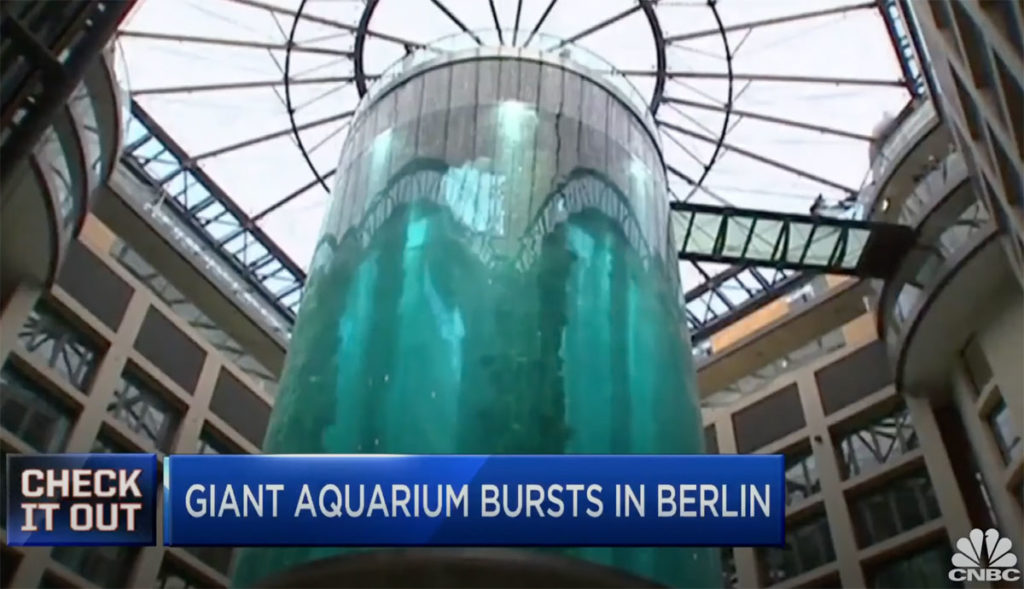Drake’s beach in Northern California isn’t a nude beach, but it’s crawling in what very much looks like blankets of D.
Following a slew of winter storms in the region, thousands of marine worms called fat innkeeper worms — or, as locals call them, penis fish — have washed ashore to make for one eye-popping display.
Related: Jason Derulo’s D**k Is Too Big For Instagram!
According to Bay Nature, the gaggle of 10-inch throbbing, phallic creatures are quite common along the West coast of North America, but typically spend their whole lives in U-shaped burrows under the sand, so few beach bums know about their existence:
Thanks to recent storms in NorCal, however, strong waves washed away several feet of sand, leaving the leagues of penis fish exposed to predators like seagulls.
Other animals that enjoy gobbling up these eggplant emoji-like creatures include otters, fish, sharks, and stingrays. But in some areas, even humans like to indulge in the occasional penis fish: in South Korea, they call it gaebul, and consider the marine worm a delicacy.
But, let’s get to the real scientific discussion here:
Why is it shaped like a d**k?
According to the nature mag, the penis fish is “perfectly shaped for a life spent underground.” Writer and local biologist Ivan Parr writes:
“Within a beach or mudflat, it digs a U-shaped burrow extending a few feet in length but no wider than the worm itself. The burrow’s front entrance pokes up like a little sand chimney. These can be seen clustered around the low tide line of a mudflat or sandy beach. The backdoor is marked by a pile of worm castings, which get projected out the end of the tunnel with a blast of water from the worm’s hindquarters.”
Tasteful!
He continues in graphic detail:
“When the tide is in, the worm slides up to the chimney of its burrow and exudes a sticky mucous net from a ring of glands. Sometimes you can see these mucous nets, looking like decaying jellyfish, draped around the burrow entrance. The worm continues to secrete as it slips lower into the burrow, generating a slime-net that stretches from the chimney to the worm’s mouth. Using contractions (peristalsis) to pump water through its burrow, the worm sucks plankton, bacteria, and other bits into this net. When, like any vacuum, the net gets clogged, the worm slurps it all back into its mouth, taking in the particles it wants to eat and discarding the rest into the tunnel.”
The writer goes on to explain that the leftover particles are taken by a collection of “freeloaders who live in the innkeeper’s burrow,” like clams, scale worms, pea crabs, hooded shrimp, and even small fish. These sea tenants give the fat innkeeper its less explicit moniker.
So, next time you’re on the Golden coast of California, just think about how many living phalluses are pulsating a few feet below you.

[Image via Kim Powell/YouTube]
Related Posts
CLICK HERE TO COMMENT-
Categories




































